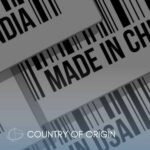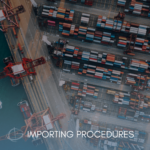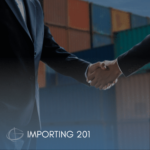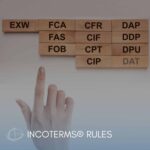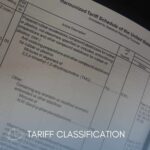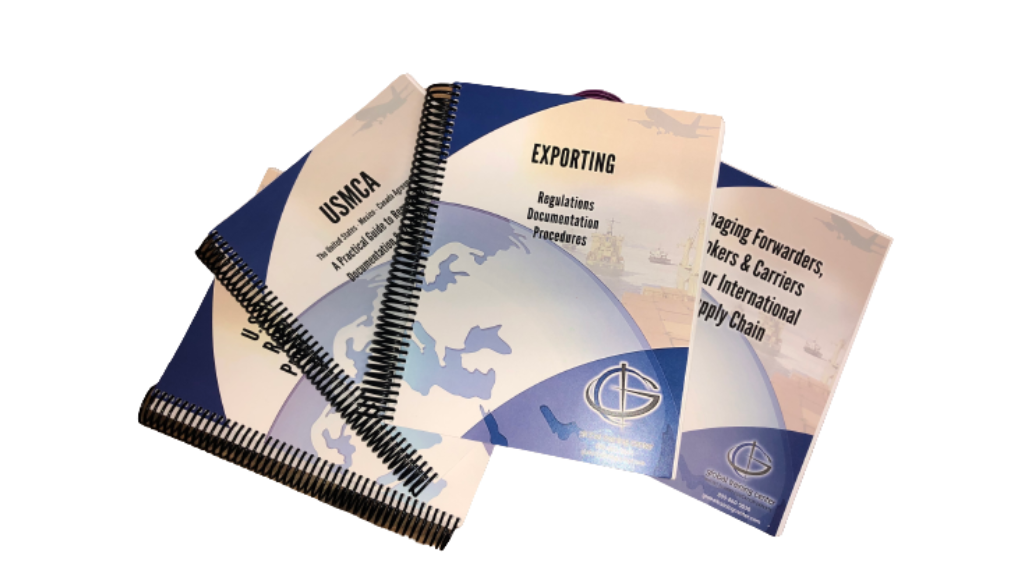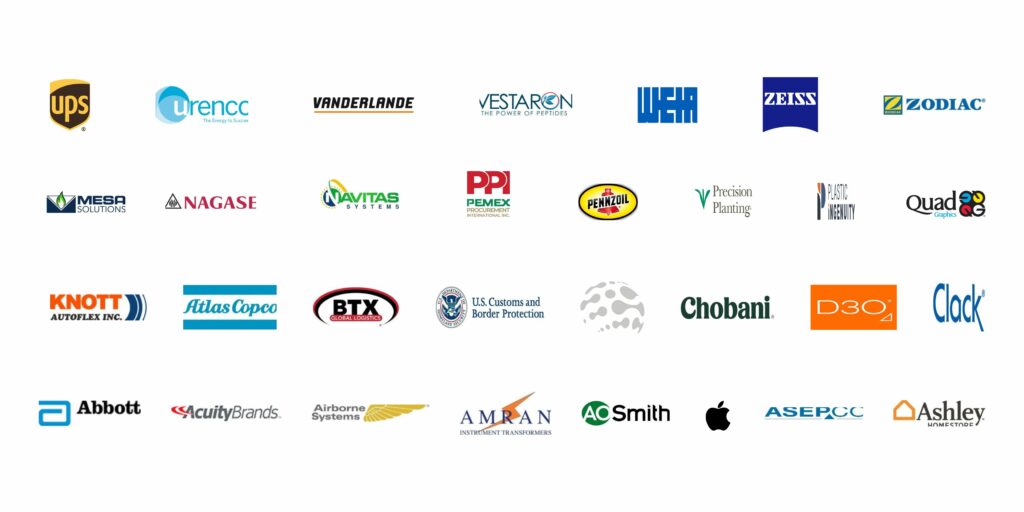EAR
Specialty Course
Export Administration Regulations Course. Understanding the exporting prohibitions and regulations should not be an afterthought for anyone. Maintaining a proactive state in the industry is important to avoid fines and delays. Learn the importance of it all in this interactive EAR Compliance Training.
Export Controls Should Never Be An Afterthought
This half-day Export Administration Regulations Course provides attendees with key details of export controls. It covers the fundamental concepts and authorizations one needs to understand in order to execute essential global business operations in a compliant manner.
What does this Export Administration Regulations Course include?
This practical compliance training includes the subjects of who needs to comply, general prohibitions, record keeping, navigating the Commerce Control List (CCL), how to classify items on the CCL, how to determine license requirements, applying license exceptions, and more.
Our expert instructor discusses products, why they are subject to U.S. Export Administration Regulations, and whether an exporter would need an export license. This interactive course ensures attendees leave with a working knowledge of the EAR. This Export Administration Regulations training will jumpstart your ability to apply the EAR to your products and technology.
Half Day
One 15 min break
$395
Price is per person
Webinars: 9:00 am -12:30 pm CT
All Webinars require a Webcam
Scheduled Dates
Topic | Cost | Quantity | Add to cart | |
|---|---|---|---|---|
$395.00 | ||||
$395.00 | ||||
$395.00 | ||||
$395.00 |
Course Features
Small Class
This means there is more time for you to grow and get the knowledge and answers you need to succeed. We highly encourage participation and questions throughout the class.
Certification
With this interactive course, you will receive a certificate of completion and a digital badge.
Course Material
Receive a PDF of the full PowerPoint used in the webinar.
Late registrations are welcome.
Credits
You may earn education credits for completing this course. See details
Learn more about our course
- Who needs to comply with Export Administration Regulations?
- Determine if you are subject to the EAR and answer the question: Who needs to comply?
- Changes to the EAR
- Government watch list or prohibited parties and what they mean to exporters
- Who must keep records and which to retain
- Licensing requirements:
- Learn whether a product, technology, or software is covered by the EAR’s list of items and
- The significance of an Export Control Classification Numbers (ECCN)
EAR vs ITAR:
EAR regulates commercial and dual-use items and technology while ITAR regulates defense articles and defense services.
Exporter’s personnel including Legal, International Sales, Logistics, Analysts, Customer Service, Management, Trade Compliance, Auditing, Engineering, Manufacturing
To read the entire Policy, click here




